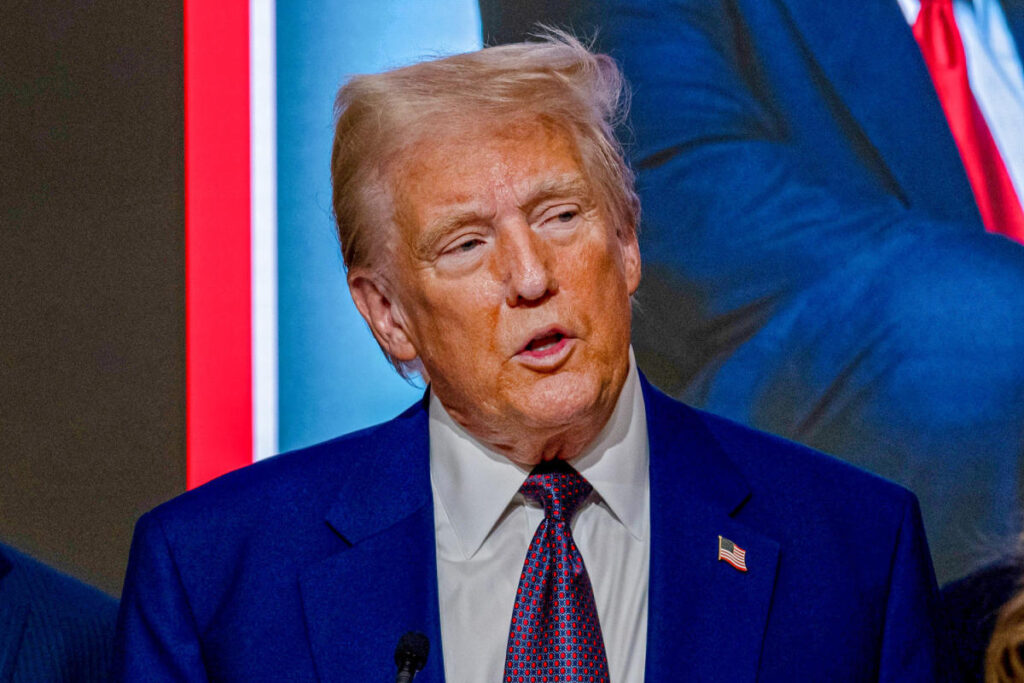President-elect Donald Trump has acknowledged the challenges related to reducing grocery prices, despite having made this issue a focal point of his presidential campaign. In a recent interview with Time magazine, where he was named the publication’s Person of the Year for 2024, Trump expressed his belief that lowering energy costs and improving supply chains could eventually lead to reduced grocery prices. When questioned about whether failing to decrease grocery prices would indicate a “failure” of his presidency, Trump dismissed the idea, attributing high food prices to inflationary pressures that he claims originated during the Biden administration. He described the current situation as difficult, stating, “It’s hard to bring things down once they’re up,” but maintained optimism about future price reductions through energy and supply chain improvements.
Trump’s administration has committed to increasing energy production in the United States, highlighting that production levels are already at historical highs. However, he did not detail specific strategies for addressing supply chain issues, instead focusing on criticisms of the Biden administration’s policies, including incentives for electric vehicles. Experts have warned that Trump’s proposed tariffs may worsen existing supply chain challenges. During his previous term, the introduction of such tariffs resulted in a significant spike in shipping costs, which ultimately burdened consumers. Analysts, like Peter Sand from Xeneta, have noted that historical patterns suggest a repetition of this scenario could lead to increased transportation costs for goods, including food.
Since the onset of the COVID-19 pandemic in 2020, food prices have risen significantly, reportedly increasing by 23% overall during this timeframe. This inflation has coincided with President Biden’s administration, which has also been criticized for its handling of economic issues. However, recent trends indicate that the rate of price increases has slowed considerably, now at less than 2%. Factors contributing to this deceleration include a drop in gasoline prices and decreased agricultural import costs, suggesting potential relief for consumers. Additionally, container shipping rates, which had surged during the pandemic, have started to stabilize as well, providing some optimism about future pricing dynamics.
Despite these signs of improvement, the volatility of food prices poses challenges that are often influenced by external factors beyond governmental control. For example, egg prices recently spiked again due to heightened demand and reduced supply related to an outbreak of avian flu. Such instances highlight the unpredictability in food pricing, even as the broader trend seems to suggest a slowdown in inflation. Trump’s acknowledgment of these complexities in his plan to lower grocery prices demonstrates a nuanced understanding that while political promises can guide expectations, they might not directly translate to tangible outcomes.
Additionally, Trump has faced scrutiny over other proposals, particularly his stance on immigration and its potential impact on agricultural labor supply. When asked about immigration in the Time interview, Trump reiterated his intention to restrict entry for certain migrants while allowing exceptions, particularly for those not involved in criminal activities. However, the agricultural sector heavily relies on both documented and undocumented workers, and any significant changes to labor availability could exacerbate food pricing issues. Joe Del Bosque, a farm CEO, warned that labor shortages in the agricultural industry could lead to fewer fruits and vegetables reaching market, ultimately driving up prices in grocery stores.
In conclusion, while President-elect Trump remains optimistic about lowering grocery prices through various economic strategies, the landscape is filled with uncertainties influenced by previous administration policies, ongoing economic challenges, and unforeseen events like disease outbreaks affecting food production. The complex interplay between energy costs, supply chain dynamics, labor availability, and external factors underscores the difficulties in managing food price inflation, suggesting that Trump’s ambitious goals may require careful navigation and responsive strategies to translate into reality for American consumers.

